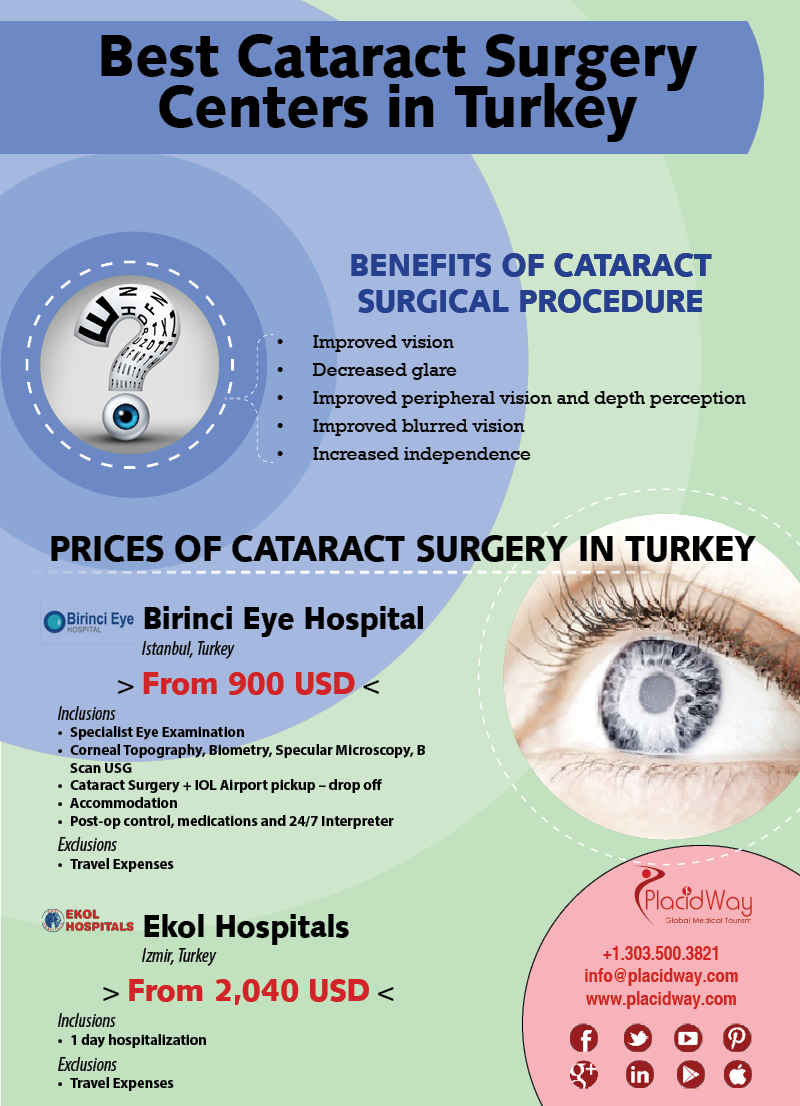Contrasting Standard And Cutting-Edge Methods To Glaucoma Monitoring
Contrasting Standard And Cutting-Edge Methods To Glaucoma Monitoring
Blog Article
Write-Up Created By-Graves Brask
Did you understand that the development of glaucoma therapy methods covers centuries, including both standard solutions and advanced innovations? From Cost Of LASIK Surgery to innovative Minimally Invasive Glaucoma Surgical procedure methods, the spectrum of choices is huge. As you look into the intricacies of typical versus cutting-edge techniques, you might reveal unexpected understandings that test conventional perspectives on treating this common eye problem.
Historical Evolution of Glaucoma Treatments
The historic evolution of glaucoma therapies dates back to old people where different remedies were used to handle the condition. In old Egypt, for example, therapies involved a combination of honey, fat, and sour milk applied to the eyes. The Greeks and Romans also contributed to very early glaucoma therapies with a concentrate on topical applications and dietary interventions. Throughout history, varied cultures created unique methods to reduce the signs of glaucoma, frequently rooted in natural solutions and superstitions.
As time proceeded, advancements in clinical expertise led to even more organized strategies to dealing with glaucoma. In The Center Ages, Arabic scholars made considerable contributions by studying the composition of the eye and establishing surgical methods to deal with eye problems. These early technologies laid the foundation for modern glaucoma treatments that we have actually today. Comprehending the historical context of glaucoma treatments offers useful understandings right into the continual development and improvement of medical techniques over the centuries.
Comparison of Conventional Techniques
In contrasting typical techniques for treating glaucoma, think about the historical contexts and performance of numerous remedies.
Standard treatments for glaucoma have progressed over centuries, from old methods like making use of honey and white wine to a lot more recent advancements such as eye declines and surgical treatments. Historically, solutions like the application of leeches or organic mixtures were made use of to ease symptoms, yet their efficiency was limited.
As time proceeded, techniques like iridectomy, where a part of the iris is gotten rid of, became prominent for lowering intraocular stress. Some traditional approaches, like making use of dental medications to lower eye stress, have actually stood the test of time and are still made use of today. Nevertheless, these treatments typically come with negative effects and might not be as efficient as modern-day options.
It's essential to weigh the historical relevance of conventional glaucoma treatments against their efficiency in the context of present clinical improvements.
Evaluation of Innovative Therapy Methods
Taking into consideration the progressing landscape of glaucoma therapy, ingenious strategies are transforming the way this eye condition is managed.
One noteworthy development is minimally invasive glaucoma surgical procedure (MIGS), which supplies a much less intrusive option to typical surgical procedures. linked web page to decrease intraocular pressure by improving the eye's all-natural drainage system, leading to fewer complications and faster recuperation times contrasted to conventional surgical procedures.
In addition, the advancement of sustained-release medicine distribution systems has actually provided a more reliable way to administer glaucoma medicine. These systems can launch medication gradually over a prolonged period, improving individual adherence and reducing the regularity of eye drops.
Furthermore, emerging technologies like discerning laser trabeculoplasty (SLT) offer a non-invasive choice for reducing intraocular stress by targeting particular cells in the eye's water drainage system.
Conclusion
As you assess the development of glaucoma treatments, you can see how conventional approaches have actually led the way for ingenious methods to arise.
From old solutions to modern-day innovations, the trip of treating this complex eye problem has resembled a rollercoaster trip.
But with new strategies like MIGS and sustained-release drug delivery, the future looks brighter than ever before for patients looking for efficient and much less invasive solutions.
